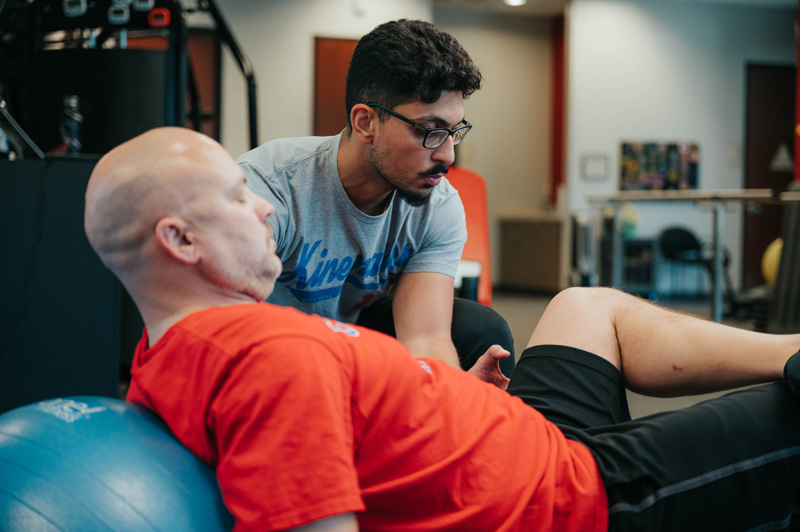Pain Management.
Pain management is a medical category that requires an interdisciplinary approach to identify and address chronic pain syndromes that limit the wellness or livelihood of those who suffer from chronic pain.
What is the difference between chronic and acute pain? Nociceptive pain, or pain that is transmitted by your body’s sensory nerves, is typically called acute pain. This kind of pain is associated with an injury, isolated headaches, short term disease, and many other conditions. It usually resolves once the condition that caused it is treated, typically only lasting 3-5 days. However, following some disorders, the pain does not resolve. For some, even after healing or a cure has been achieved, the brain continues to perceive pain. In this instance, the pain may be considered to be chronic.
According to research, the cause of chronic pain is not well understood, but may be a complication of the following:
- Arthritis and other joint problems
- Back pain
- Headaches
- Muscle strains and sprains
- Repetitive stress injuries, when the same movement, over and over, puts strain on a body part
- Fibromyalgia, a condition that causes muscle pain throughout the body
- Nerve damage
- Lyme disease
- Broken bones
- Cancer
- Acid reflux or ulcers
- Inflammatory bowel disease (IBD)
- Irritable bowel syndrome (IBS)
- Endometriosis, when tissue in the uterus grows outside of it
- Surgery
Members of a pain management team usually include the patient’s primary physician, a pain specialist, psychiatrist, physical therapist, chiropractor, acupuncturist and other medical or wellness practitioners that can help with focal evaluation and treatment.
Treatments for chronic pain after it has been properly diagnosed include, but are not limited to: medication, modalities, injections, manual therapy, exercise, acupuncture, desensitization therapy, aquatic therapy, meditation, and bio feedback.
During this tough process we come alongside the patient to help them understand the pain process and to help them to begin to heal. Physical therapy is underutilized and has been shown to be, a not only beneficial but a cost effective intervention to break pain cycles that the body has been struggling through. One year follow up research studies found that pain management teams were effective in significantly improving outcome measures and overall physical and psychosocial functioning of the patient.
Per research, symptoms besides the obvious pain have been associated with chronic pain syndromes including:
- Anxiety
- Depression
- Poor sleep
- Feeling very tired or wiped out
- Irritability
- Guilt
- Loss of interest in sex
- Drug or alcohol abuse (including prescription medication abuse)
- Marriage or family problems
- Job loss
- Suicidal thoughts

